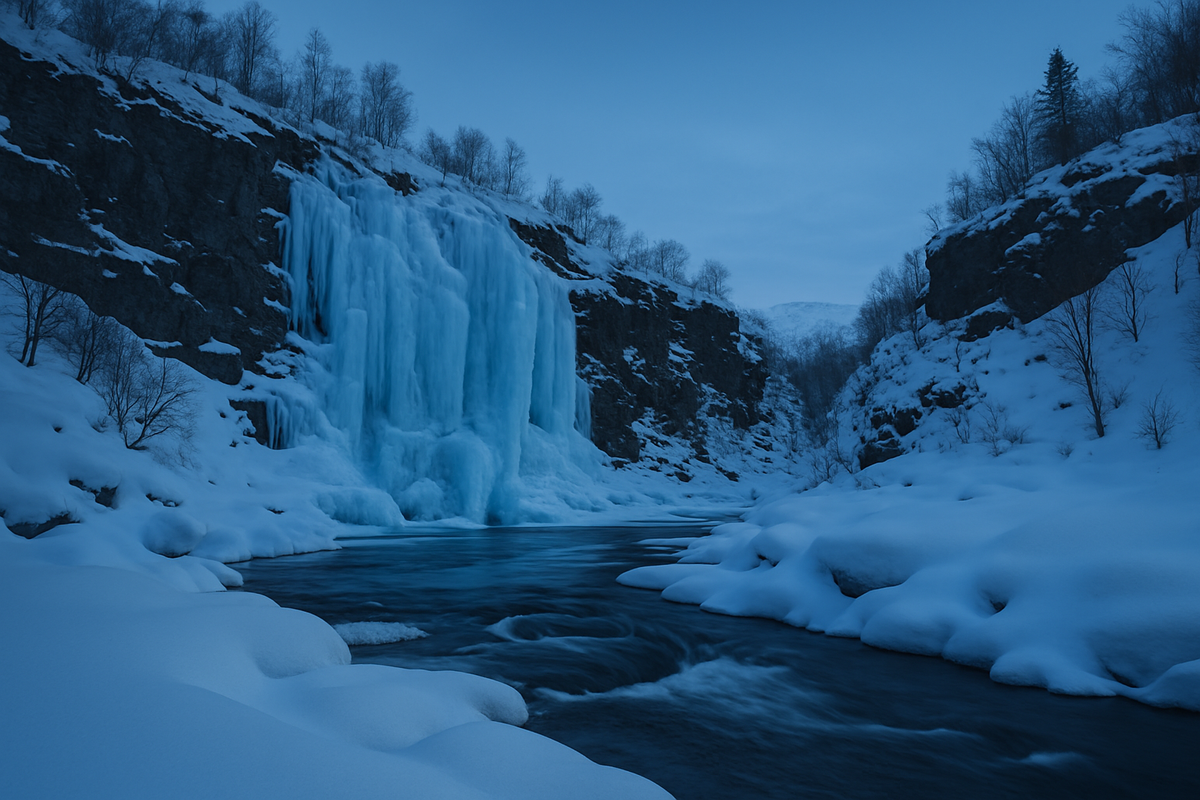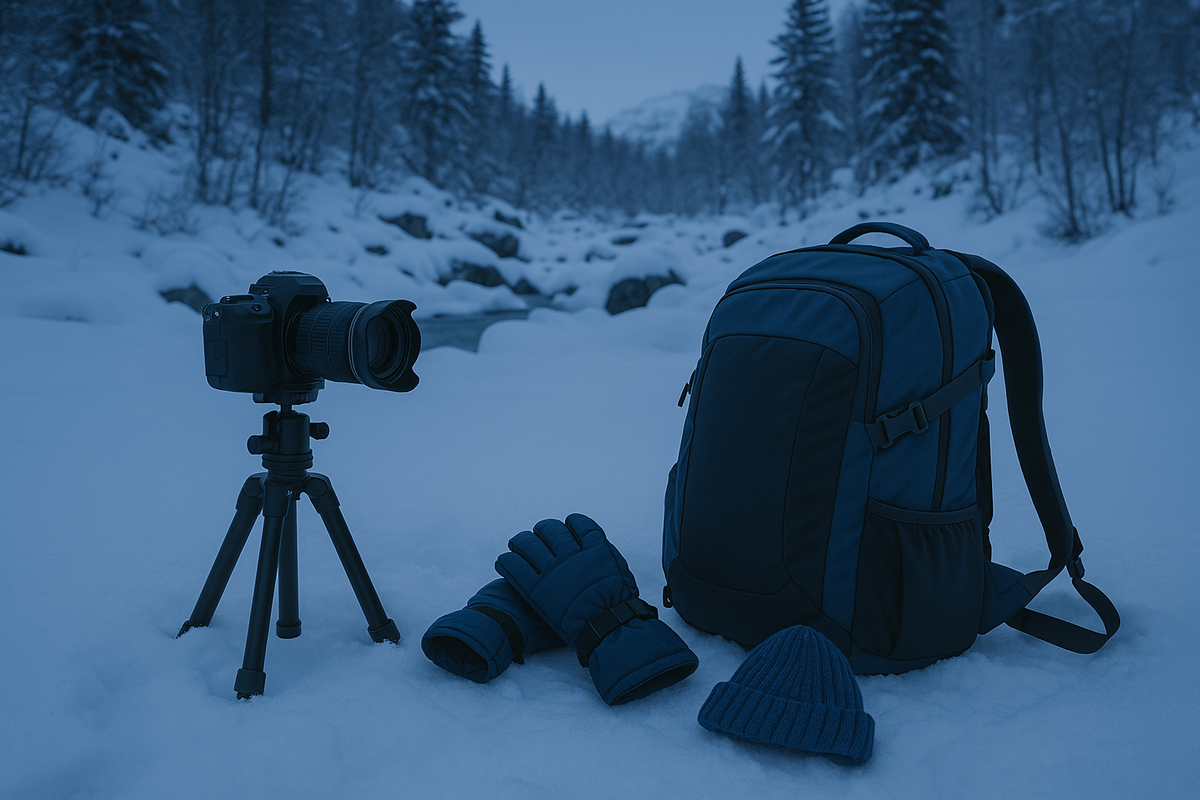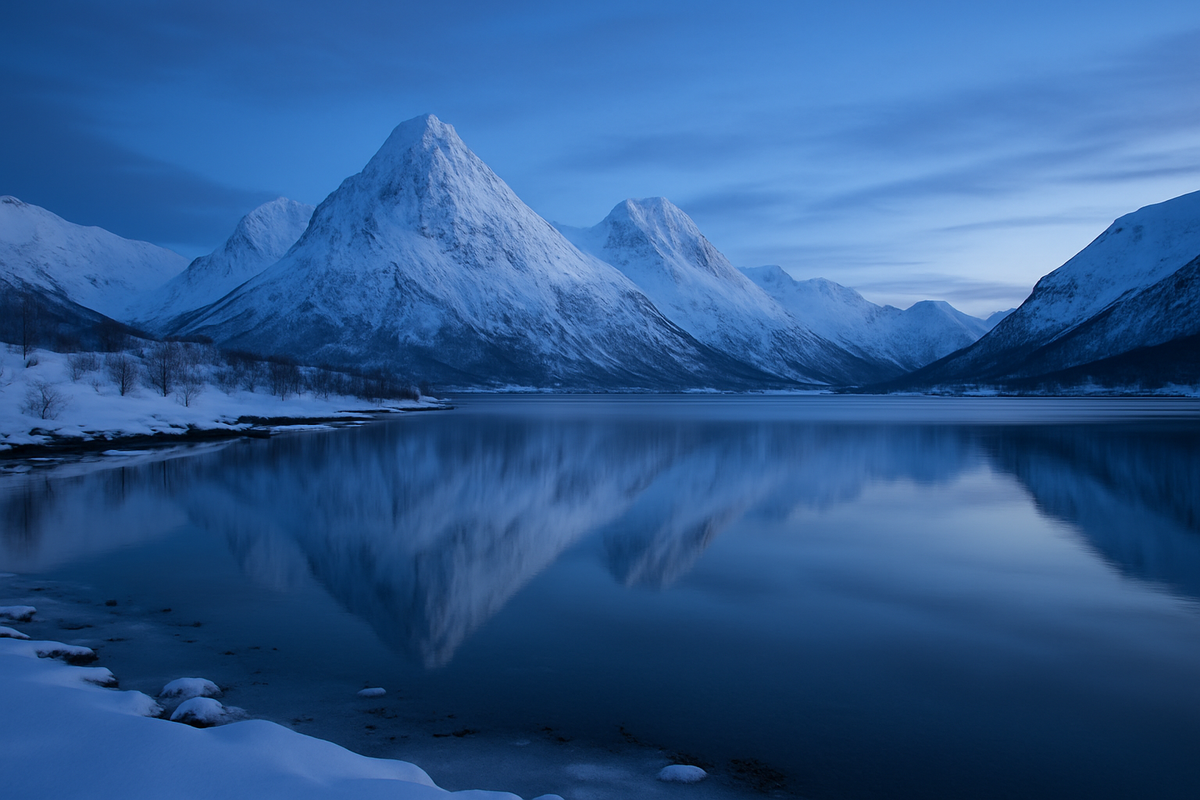Winter photography without glare: icy waterfalls and the ‘blue hour’
Winter photography in Norway's national parks is all about the magic of icy waterfalls, snowy reflections and the mysterious 'blue hour' when nature is bathed in a special blue light. Even without the Northern Lights, you can get some amazing shots. If you get your preparation right, though, you'll see a whole new side to winter in Norway.

Why are the ice waterfalls of Hardangervidda such great spots for winter photography?
Hardangerfjord is famous for its incredible ice waterfalls, like Vøringsfossen and Løtefossen, which turn into magical ice columns and cascades in winter. Combined with the soft light of the 'blue hour', they create a unique atmosphere for winter photos.
Which campsites and huts are the best places to use as a base for winter photography?
DNT huts, like Finsehytta and Rjukan Fjellstue, are perfect for winter accommodation. They're great for keeping you warm and cosy, and they're close to the best spots for taking photos along the route. This means you can relax and get out to take pictures quickly when the light is best.
Any tips for protecting camera batteries in freezing conditions?
Batteries go flat fast in the cold. Make sure you use chemical hand warmers and pop them in your pockets or camera bag near the batteries. This'll help the batteries hold their charge longer and let you keep shooting without stopping.
What's the best way to prepare my photography equipment for winter?
Make sure you take spare batteries and keep them close to your body to stop them from getting cold. Make sure you use waterproof covers for your camera and lenses. When you move from a cold to a warm room, warm up your equipment gradually to stop condensation.

So, what sort of animals can you find on winter trails in national parks?
When it's winter, you might spot a moose, reindeer or arctic fox. Animals tend to be less skittish during the winter months, so you have a better chance of getting close enough to take a good photo of them with a telephoto lens.
When's the best time for winter photography?
The 'blue hour' is the time just before dawn and after sunset, when the sky turns a deep blue. Right now, the light is really soft, and reflections on snow and ice stand out.
So, what things should we bear in mind when it comes to reflections on snow?
White snow and ice reflect a lot of light, so you often need to adjust the exposure (about +0.7...+1 EV) to avoid grey and dull photos. Try using a polarising filter to reduce glare and increase contrast.
What's the best clothing for winter photo shoots?
Make sure you dress in layers: wear thermal underwear, a fleece layer and windproof outerwear. Take insulated gloves that are comfy for using the camera and always carry an extra set of dry clothes in case you get wet.
If you're into photography, a trip to Norway's national parks in winter is an amazing adventure. You can take some great shots of icy waterfalls and stunning landscapes. If you prepare properly, you'll get some stunning shots, even without the Northern Lights.
Have you ever tried taking photos in the Norwegian winter? Let us know your tips, experiences and photos in the comments! We'll be sharing the best shots and stories in our catalogue to get others inspired to go out and have some new winter photo adventures.






2 comments
Log in to leave a comment